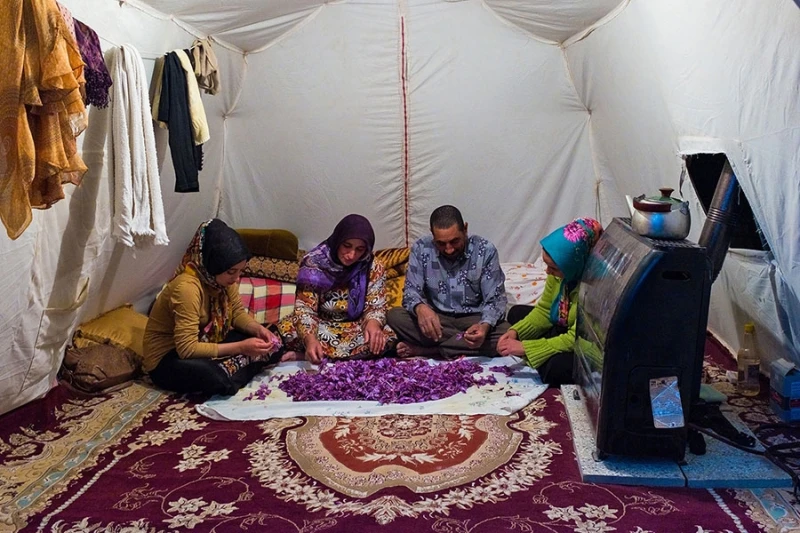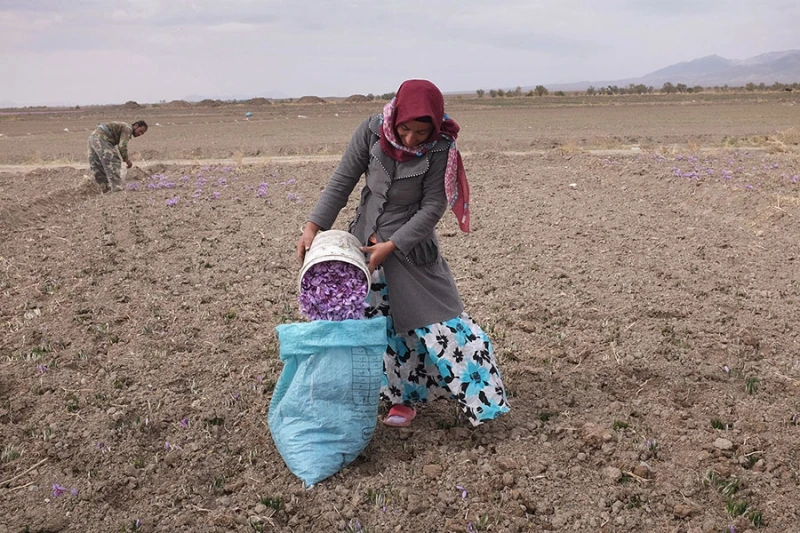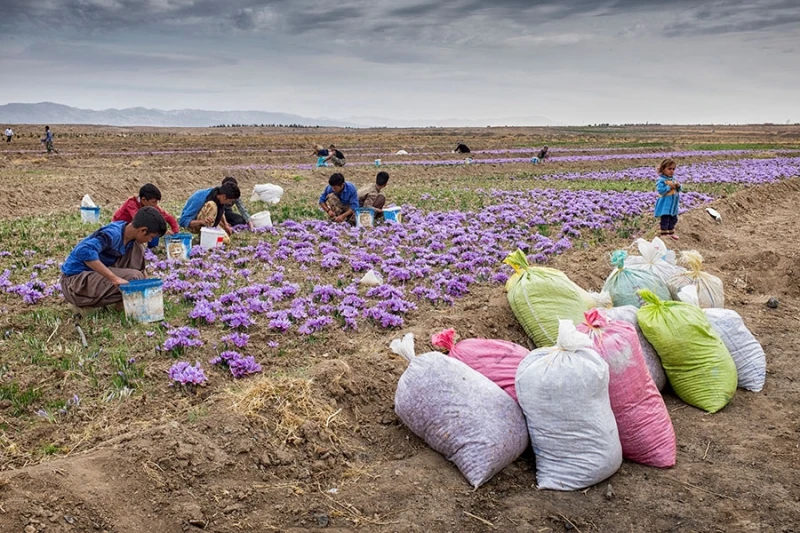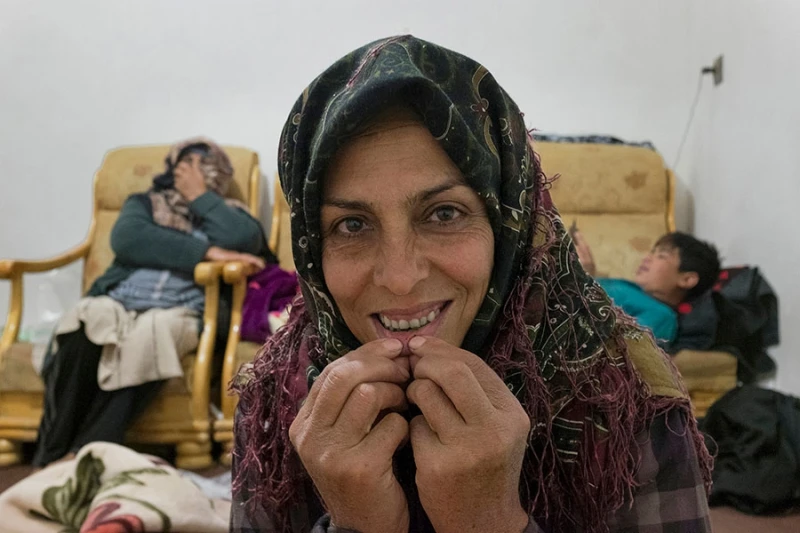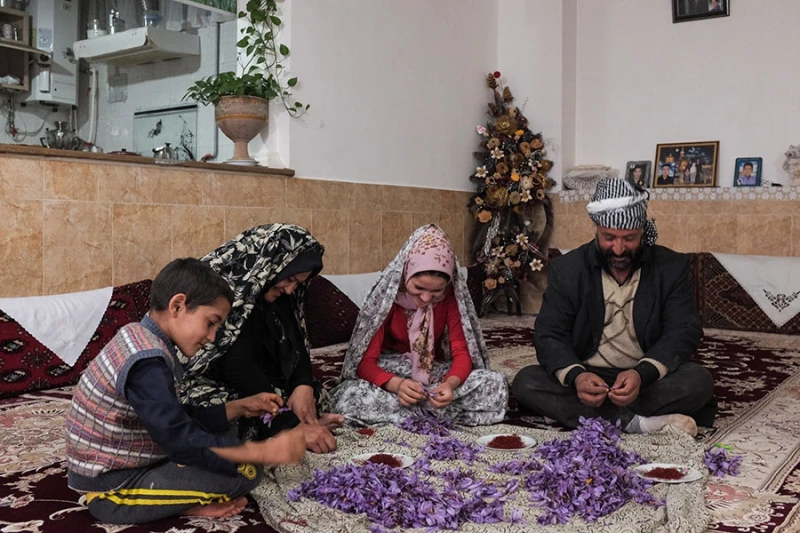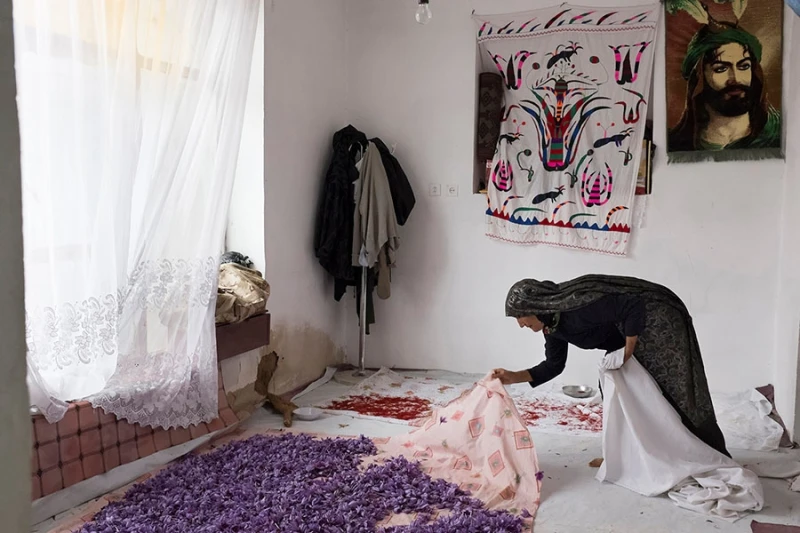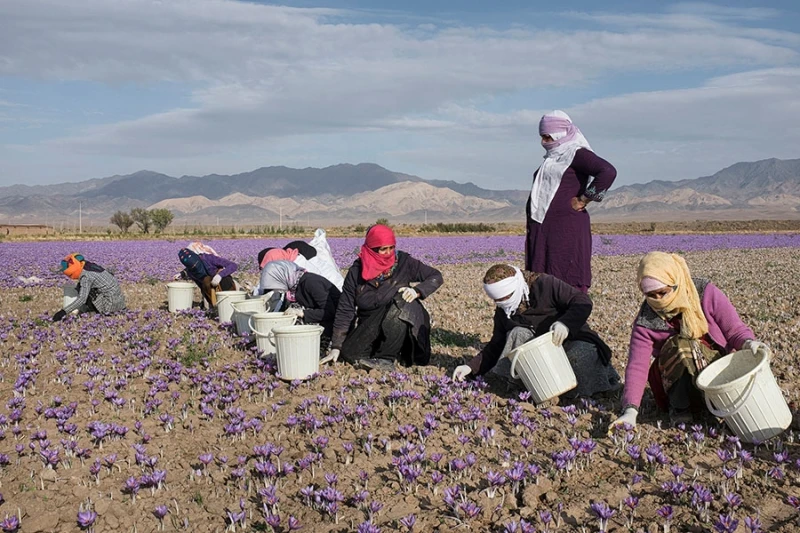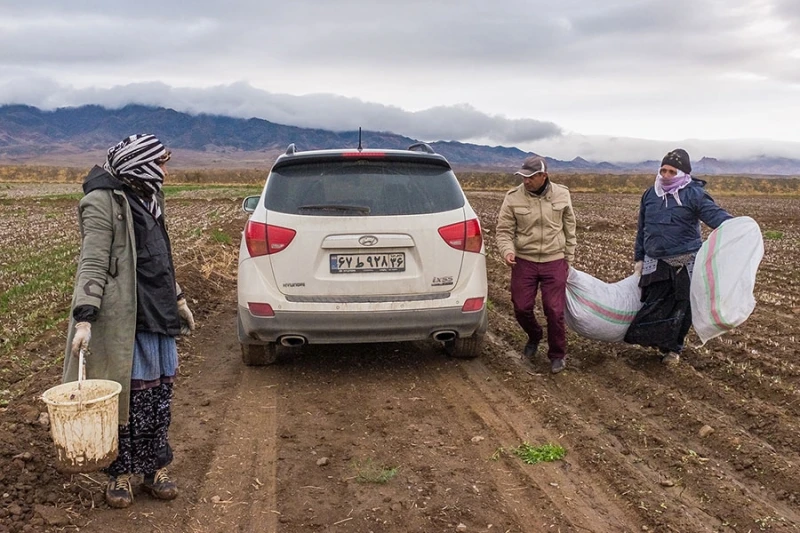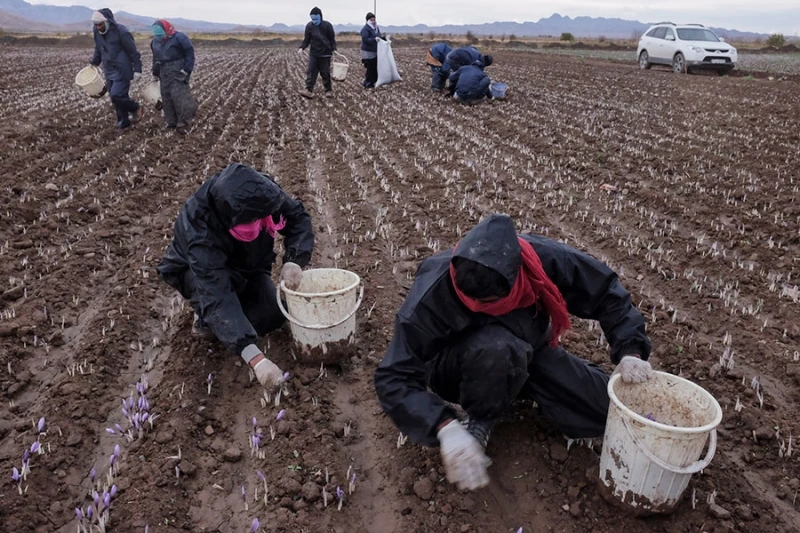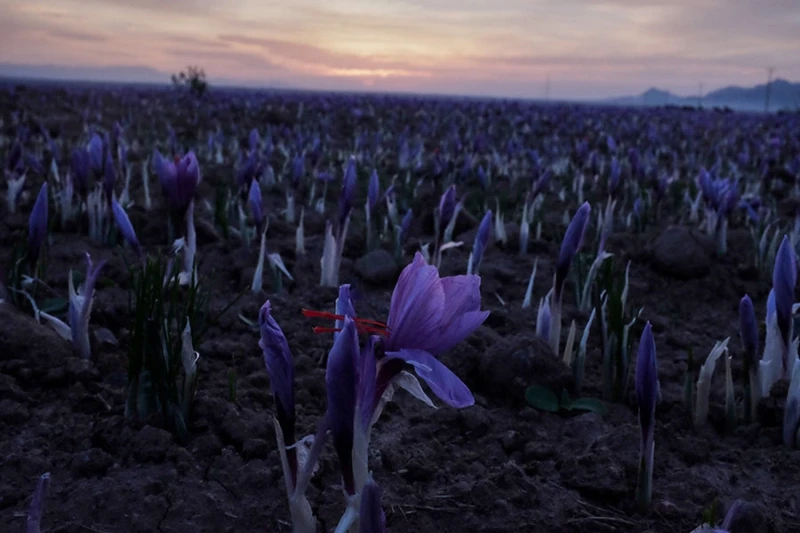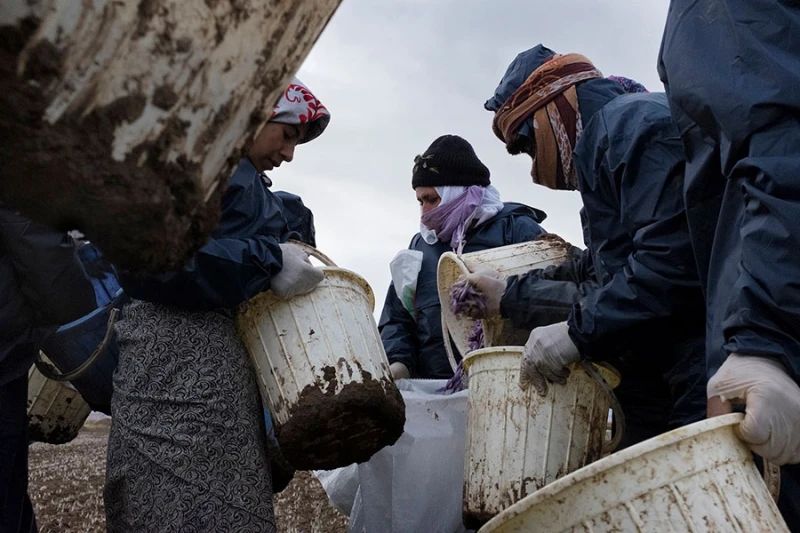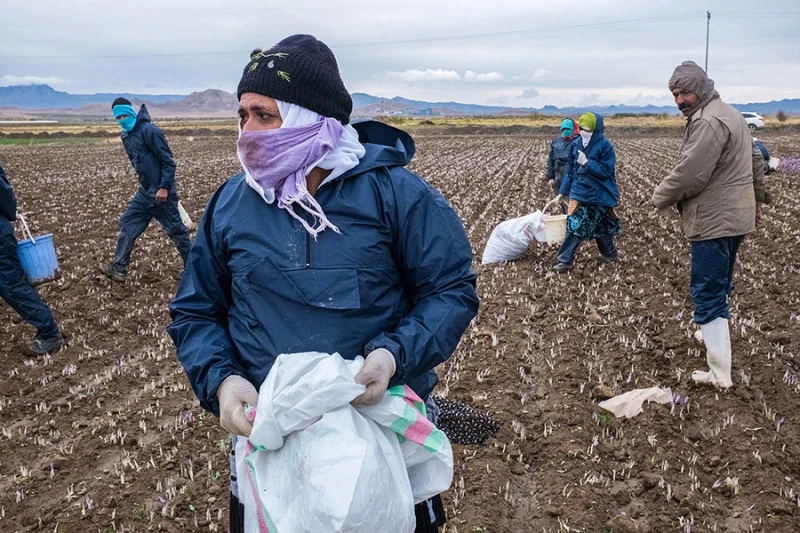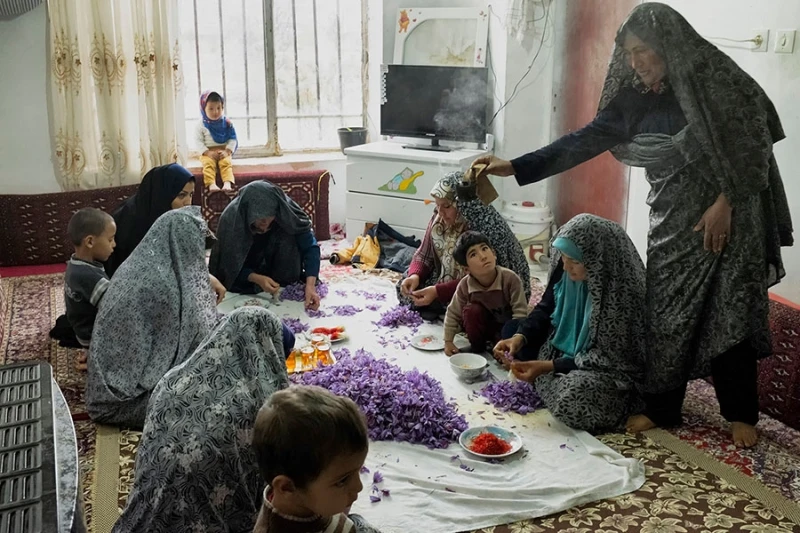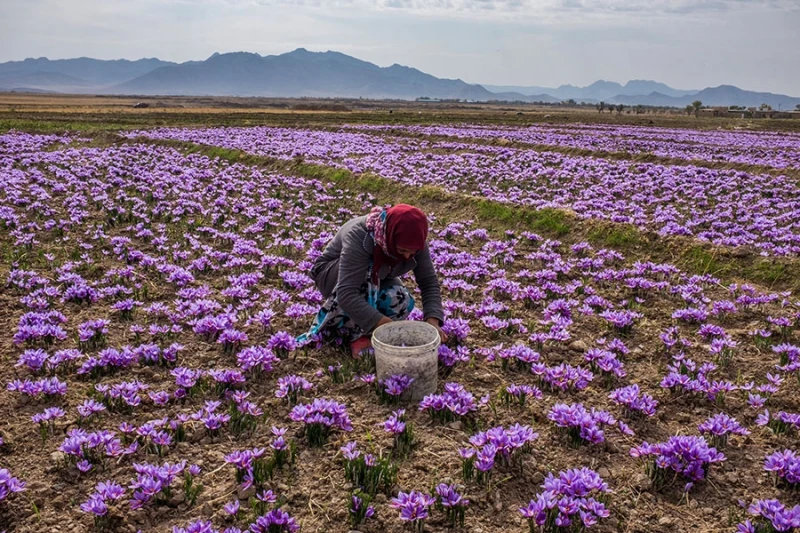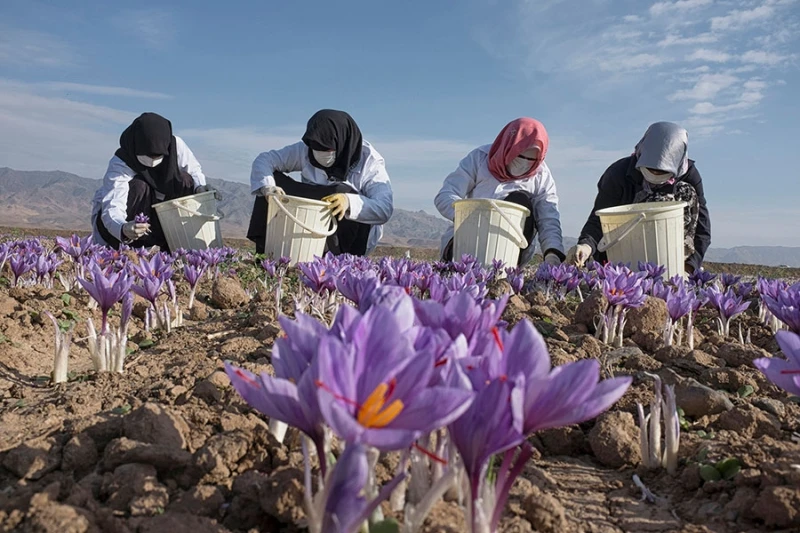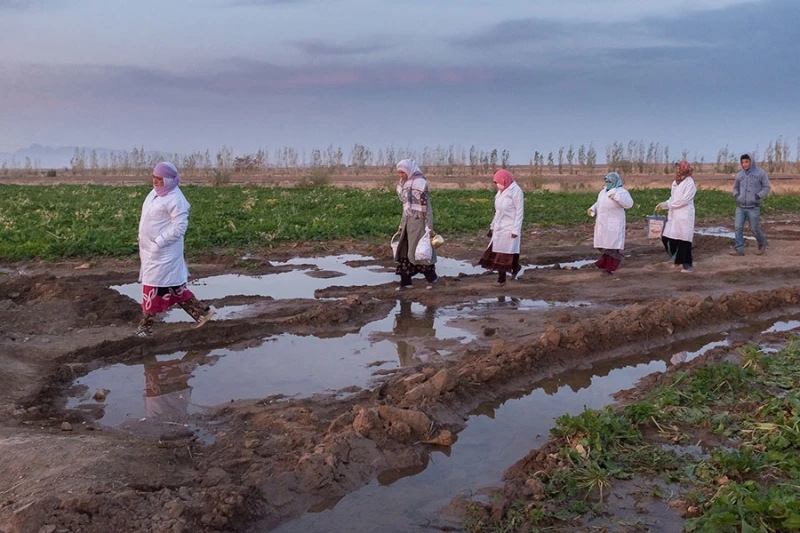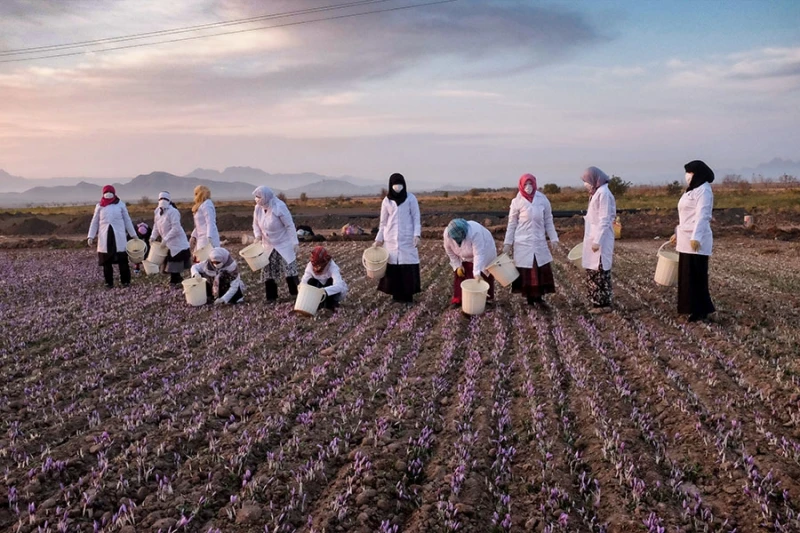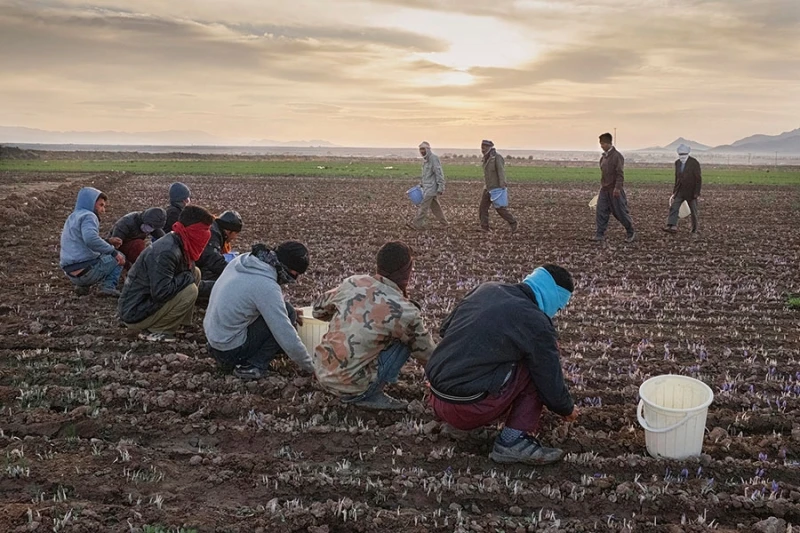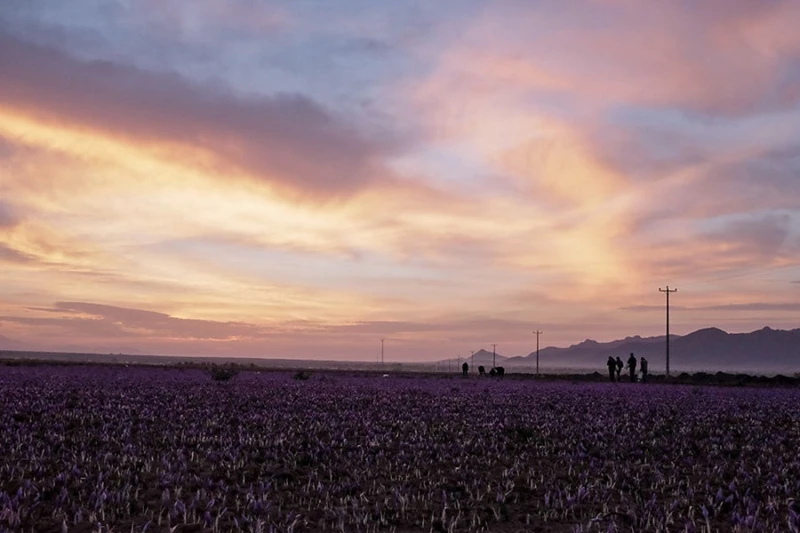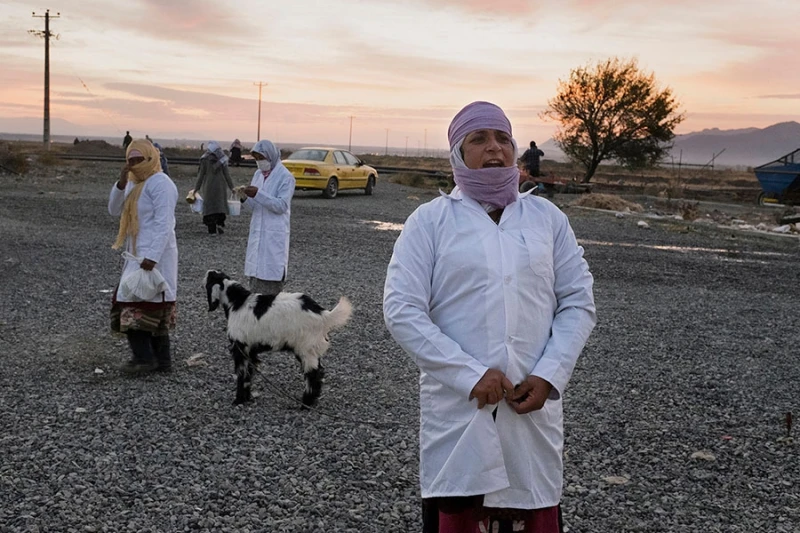Zah'Fa'ran Lands
Saffron is Iran’s red gold, and an ounce of it is more expensive than the precious metal.
Saffron is a distinctive flavour in much Persian cuisine and has featured widely in recipes by some of the world’s most famous chefs, but its exports sank under sanctions as the west severed economic ties with Tehran.
Between 80% and 90% of the world’s saffron comes from Iran, but banking and trade restrictions meant Iranian companies faced huge challenges in exporting it abroad, particularly to the US and Europe.
Instead, sanctions created a large market for counterfeit, artificially coloured products, and other countries acted as intermediaries by importing the genuine spice from Iran and rebranding and exporting it to the wider world in their own name and at higher prices.
Iranians believe saffron serves as a natural antidepressant and helps fight Alzheimer’s and cancer. Saffron’s high price is due to the fact it takes more than 150,000 purple crocus flowers to make one kilogram suitable for sale. Saffron flowers, which have three tiny red stigmas, blossom only a few weeks every autumn and the best time to harvest them is early in the morning. One gram of good quality saffron can cost $65. According to Iranian officials, Iran has produced a record 310 metric tonnes of saffron in 2016, and a kilo has reached 72m rials ($1,600). Iran exported about 170 tonnes of saffron, worth $244m, to a total of 53 countries. Much of it is produced in the northern Khorasan province. In recent years, fluctuation in the local price of saffron has become a huge obstacle to its export. Traditional cultivation and harvest methods, as well as bulk sales, stand out as the drawbacks of the sector but officials say middlemen and speculators are an additional burden. Under sanctions, importing saffron to the US was banned and Reuters has reported that American officials have inspected Spanish farms in the past to make sure they were not using Iranian variations in their own exports to the US.
